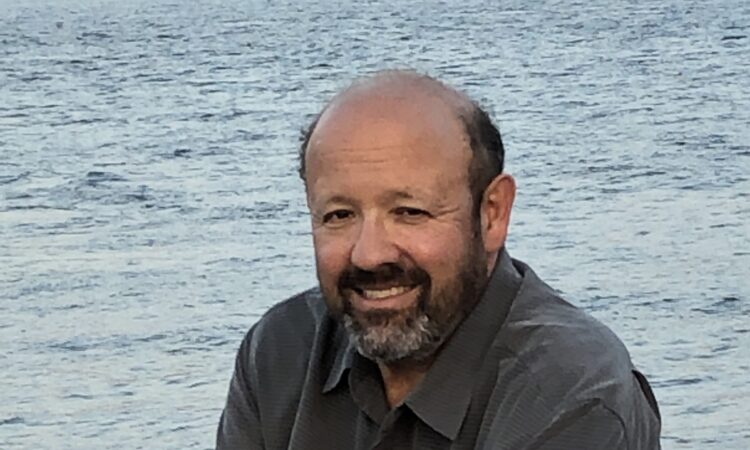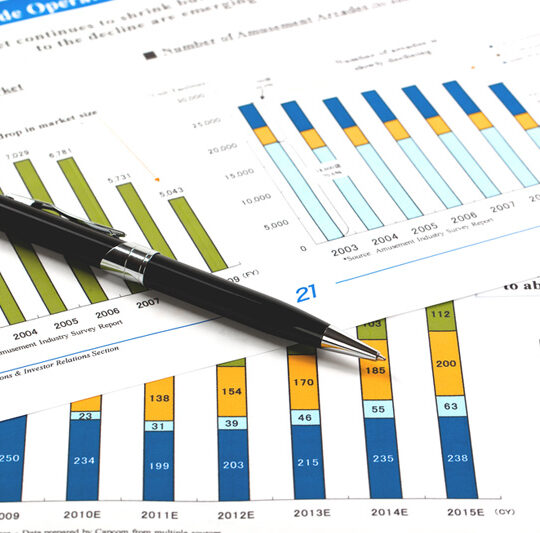
Editor’s note: Mark Miller serves as vice president on the board of directors of Evanston RoundTable Media NFP.
Evanston journalist Mark Miller has spent the last 15 years reporting and writing about retirement and aging – and now he’s packed what he has learned into a new book, Retirement Reboot: Commonsense Financial Strategies for Getting Back on Track (Agate, 2023).
Miller’s book focuses on an often-ignored group in the world of personal finance: less-affluent people who are approaching retirement without significant savings or investments. Retirement Reboot provides detailed planning strategies for retirement security, including how to build savings up to the point of retirement and beyond, how to navigate Social Security and Medicare, and when to time retirement, plus guidance on making work, housing and lifestyle choices.
The following is an edited version of a conversation with Miller, who also serves as vice president on the RoundTable’s board of directors.
What led you to write this book?
I’ve been writing about retirement for 15 years now, and I’ve been struck by how much of the personal finance journalism that is published focuses on investing and Wall Street. That leaves about 60% of households out of the discussion – that’s the group that hasn’t been able to save and invest for retirement. I wanted to do a more holistic book investigating ways that these folks might still improve their retirement outcomes, even if they are close to leaving the workforce.
You emphasize that many Americans are financially unprepared for retirement. Why is this so?
I look at “retirement readiness” in simple terms – it’s your ability to maintain your standard of living after you stop earning wages.














